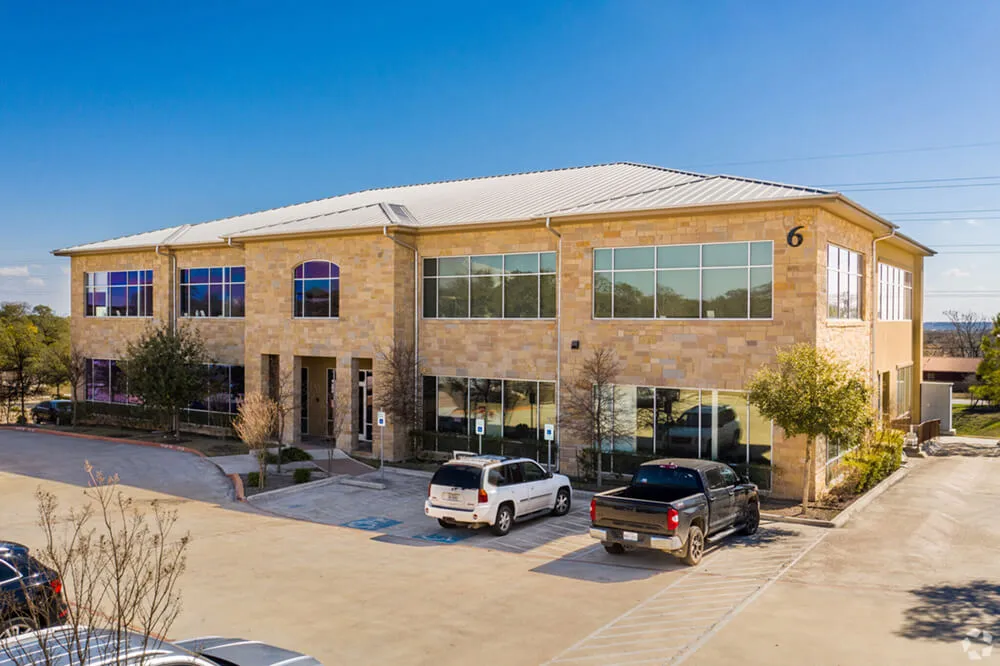What to Expect from the Indirect Spinal Decompression procedure?
The incision in your lower back will typically heal within a few weeks. That said, with the exception of the recommendation to avoid bending and twisting for the first few weeks following the procedure, there are no other restrictions, and you can expect to recover fully over a period of several weeks. The results from this procedure are usually noticed within a few weeks of the procedure and are long-lasting.
What Does the Indirect Spinal Decompression Procedure Treat?
Indirect Spinal Decompression treats symptoms of lumbar radiculopathy (pain that radiates to the lower extremities), disc degeneration and spinal stenosis. As the spine degenerates over years of wear and tear, the openings at the sides of the spine, where the nerves exit to start heading into the legs, become narrowed. This causes the nerves to be pinched, which can lead to symptoms including back pain as well as pain, numbness, tingling and weakness in the legs. By placing a spacer between the spine bones, more space is created in the openings at the sides of the spine where the nerves exit, leading to improved symptoms.
Risks of the Indirect Spinal Decompression “Minuteman” Procedure:
The most common side-effect of Indirect Spinal Decompression is post-procedural soreness that generally resolves over several days with ice packs and over the counter medications. It should be noted however that extensive precautions are always taken to minimize these risks prior to treatment.




















